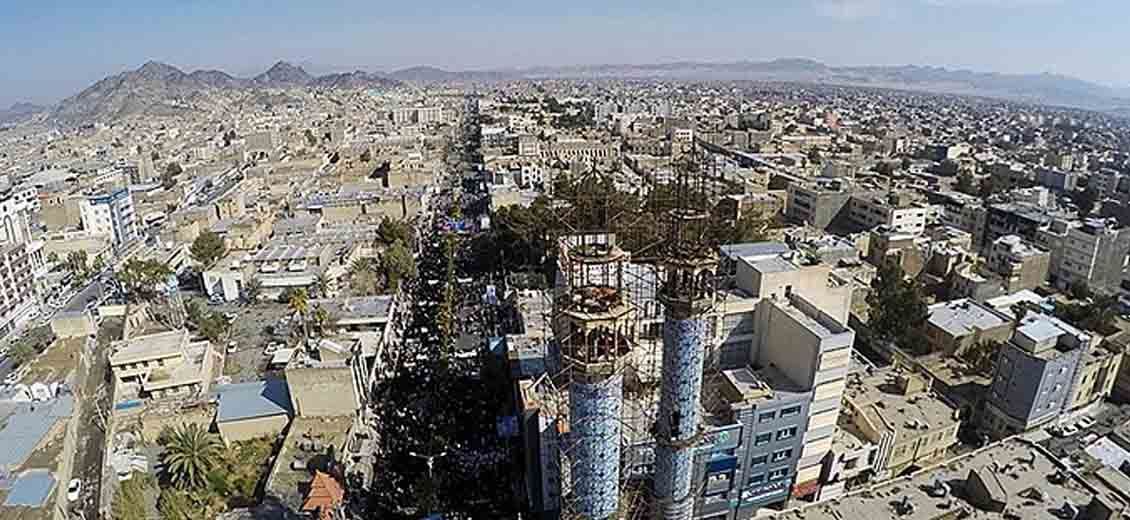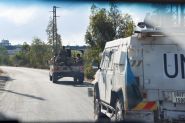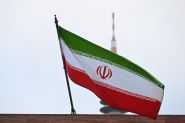- Home
- Middle East
- Sistan-Baluchistan: A Little-Known Region

Pakistan carried out strikes on “terrorist hideouts” in the Iranian province of Sistan-Baluchestan early Thursday morning, killing nine people. In a statement, the Pakistani Ministry of Foreign Affairs indicated that these strikes were in response to attacks launched by Tehran on Tuesday within Pakistani borders against an "Iranian terrorist group," Jaish al-Adl.
What Is Sistan-Baluchestan?
Sistan-Baluchestan is the largest province in Iran, covering an expansive area of nearly 190,000 square kilometers. Located in southeast Iran, it shares borders with Pakistan and Afghanistan, and is bordered in the south by the Sea of Oman.
This province is divided into two parts, Sistan in the north and Baluchestan in the south. The population is predominantly Baloch. They are Sunni Muslims, and the majority—around 8 million people—is distributed mainly between Iran (1.5 million) and Pakistan (over 6 million). Hundreds of thousands of Baloch people also live in Afghanistan.
The Baloch people in Iran identify with their counterparts in Pakistan, and the populations on both sides of the border generally do not consider themselves integral parts of these respective countries.
It's worth noting that Balochistan (not to be confused with Sistan-Baluchestan) is a province in Pakistan that shares a border with Iran.
The distribution of the Baloch people traces back to the presence of the British Empire in the region in the early 19th century, as well as the integration of the majority of Balochistan into Pakistan upon the country's independence in 1947. The residents of Pakistani Balochistan are in conflict with Islamabad, which claims that Iran has consistently backed the Baloch insurgency in Pakistan. Many Baloch people perceive that their vision of a “Greater Balochistan” has been thwarted by colonial powers.
The province of Sistan-Baluchestan is one of the least developed and poorest in Iran. It has long served as a hub for the informal economy (drug trafficking) due to the porous nature of its borders with neighboring Pakistan and Afghanistan.
The inauguration of the Chabahar Free Trade Zone, a key development in Sistan-Baluchestan, in 1991, and the signing of a development agreement between Iran and India in 2018, have contributed to the growth of the port in this province. The port of Chabahar is located a few hundred kilometers from Gwadar, situated in Pakistani Balochistan, and is at the center of a similar plan led by China as part of the China-Pakistan Economic Corridor project.
According to Western media reports, the Baloch are a minority in Iran that is discriminated against due to their affiliation to Sunni Islam. The NGO Iran Human Rights highlights that Sistan-Baluchestan is the province where Iranian authorities carry out the highest number of executions. This province also became the final focal point of the nationwide protests triggered by the death of Mahsa Amini in September 2022. Mahsa Amini, aged 22, died under suspicious circumstances after being arrested in Tehran by the morality police for not “suitably” wearing the veil.
What Is Sistan-Baluchestan?
Sistan-Baluchestan is the largest province in Iran, covering an expansive area of nearly 190,000 square kilometers. Located in southeast Iran, it shares borders with Pakistan and Afghanistan, and is bordered in the south by the Sea of Oman.
This province is divided into two parts, Sistan in the north and Baluchestan in the south. The population is predominantly Baloch. They are Sunni Muslims, and the majority—around 8 million people—is distributed mainly between Iran (1.5 million) and Pakistan (over 6 million). Hundreds of thousands of Baloch people also live in Afghanistan.
The Baloch people in Iran identify with their counterparts in Pakistan, and the populations on both sides of the border generally do not consider themselves integral parts of these respective countries.
It's worth noting that Balochistan (not to be confused with Sistan-Baluchestan) is a province in Pakistan that shares a border with Iran.
The distribution of the Baloch people traces back to the presence of the British Empire in the region in the early 19th century, as well as the integration of the majority of Balochistan into Pakistan upon the country's independence in 1947. The residents of Pakistani Balochistan are in conflict with Islamabad, which claims that Iran has consistently backed the Baloch insurgency in Pakistan. Many Baloch people perceive that their vision of a “Greater Balochistan” has been thwarted by colonial powers.
The province of Sistan-Baluchestan is one of the least developed and poorest in Iran. It has long served as a hub for the informal economy (drug trafficking) due to the porous nature of its borders with neighboring Pakistan and Afghanistan.
The inauguration of the Chabahar Free Trade Zone, a key development in Sistan-Baluchestan, in 1991, and the signing of a development agreement between Iran and India in 2018, have contributed to the growth of the port in this province. The port of Chabahar is located a few hundred kilometers from Gwadar, situated in Pakistani Balochistan, and is at the center of a similar plan led by China as part of the China-Pakistan Economic Corridor project.
According to Western media reports, the Baloch are a minority in Iran that is discriminated against due to their affiliation to Sunni Islam. The NGO Iran Human Rights highlights that Sistan-Baluchestan is the province where Iranian authorities carry out the highest number of executions. This province also became the final focal point of the nationwide protests triggered by the death of Mahsa Amini in September 2022. Mahsa Amini, aged 22, died under suspicious circumstances after being arrested in Tehran by the morality police for not “suitably” wearing the veil.
Read more



Comments